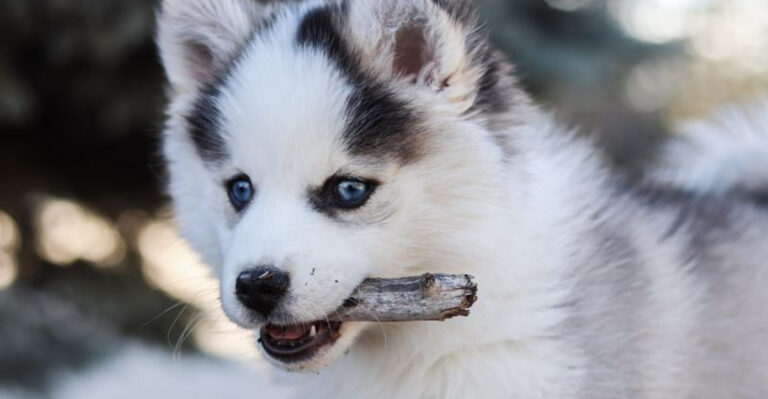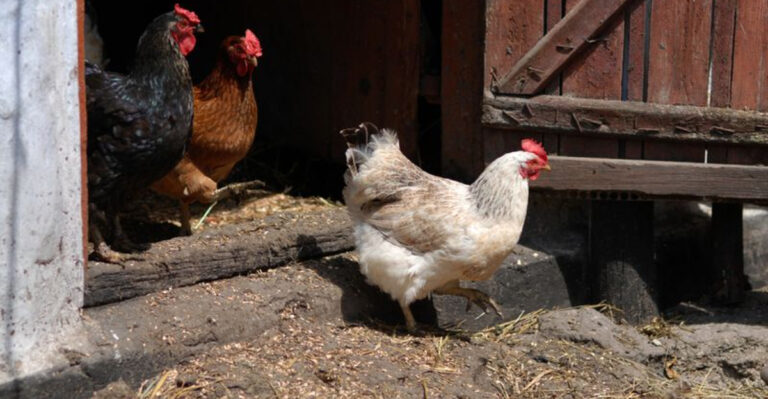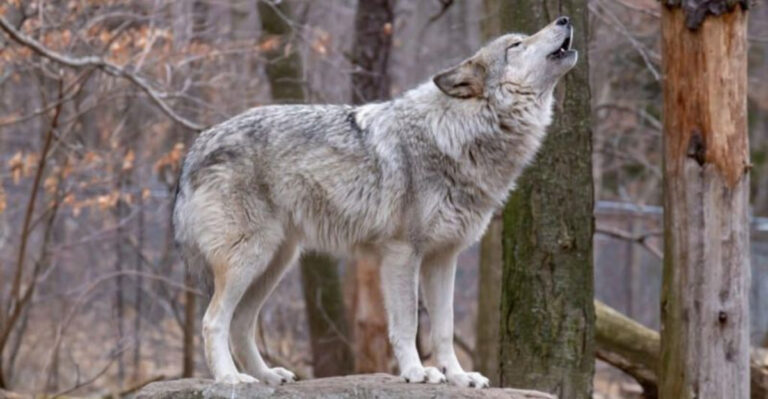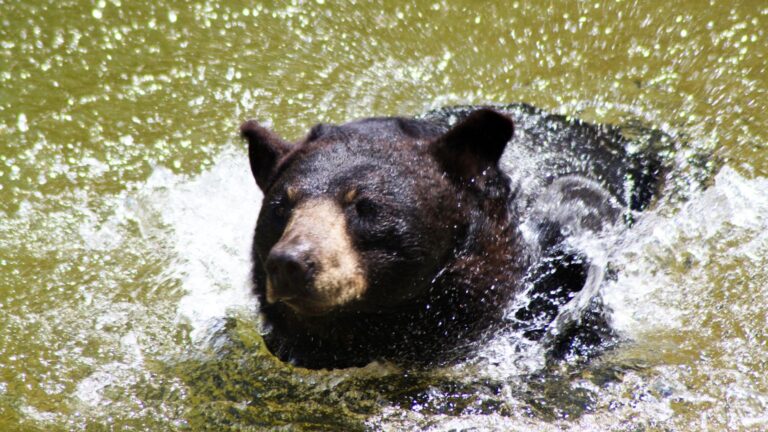New Marine Life Database Promises To Revolutionize Ocean Research
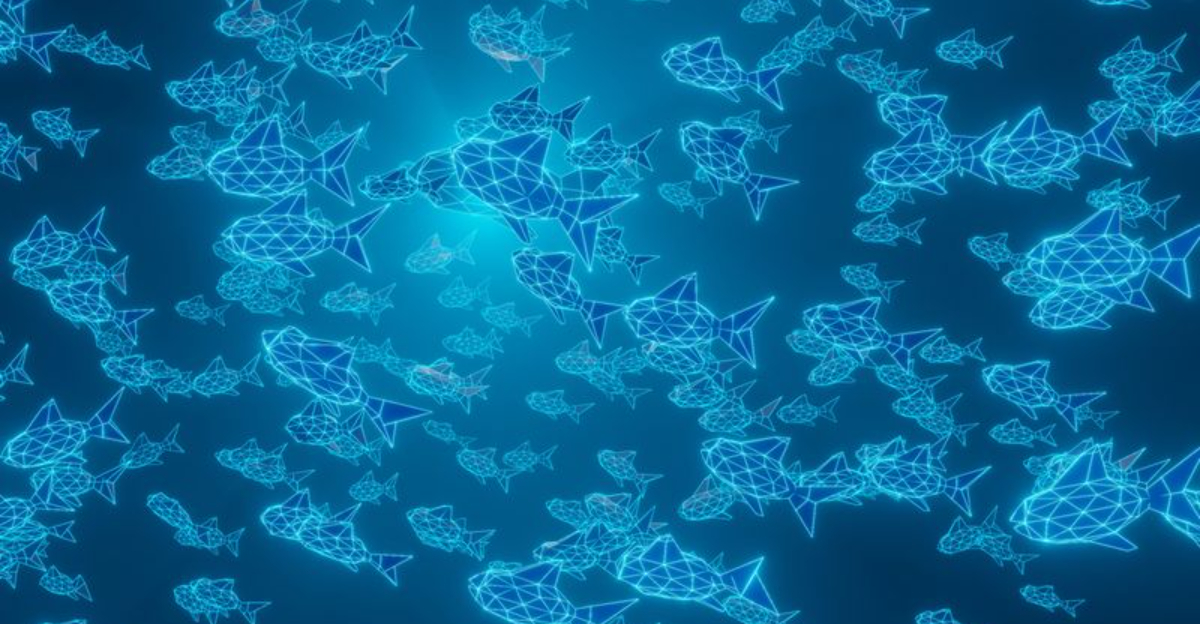
Imagine having a digital library of ocean creatures at your fingertips! Scientists recently created a new marine life database that’s changing how we study our oceans.
This powerful tool collects information about sea animals of all sizes, from tiny plankton to massive whales. The database helps researchers better understand ocean life and find new ways to protect our underwater world.
The Launch Of The Marine Organismal Body Size Database
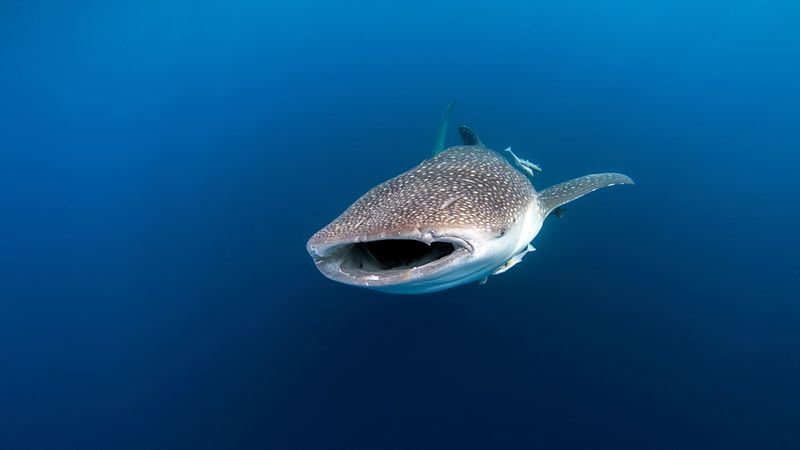
Scientists worldwide celebrated as the Marine Organismal Body Size Database (MOBS) made its debut last year. Researchers from twelve different countries collaborated for five years to create this groundbreaking resource.
The database contains measurements for over 175,000 marine species across all major ocean regions. Unlike previous collections, MOBS includes creatures from microscopic plankton to blue whales, creating the most comprehensive size-based marine catalog ever assembled.
How The New Database Enhances Marine Research
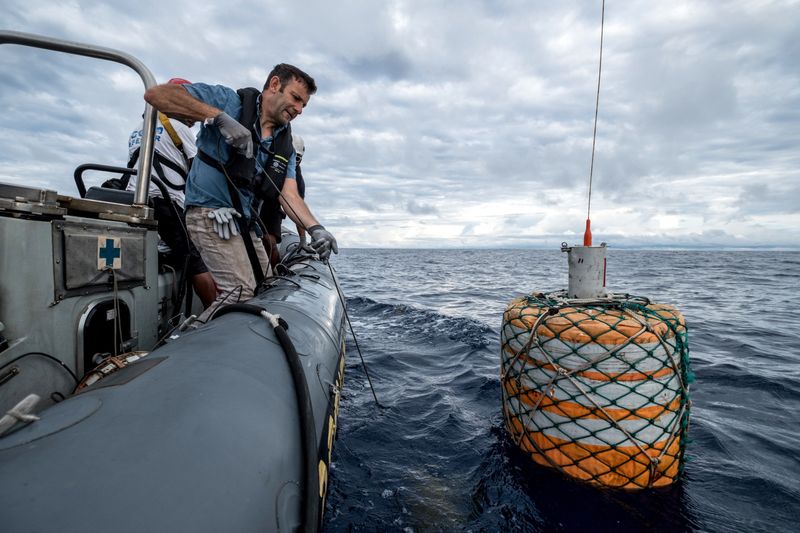
Tracking down information about sea creatures used to take months or even years. Now, scientists can find what they need in seconds with just a few clicks!
The database connects with satellite tracking systems to monitor migration patterns while simultaneously recording body measurements. This combination allows researchers to understand how animal size affects movement through different ocean environments, creating breakthrough opportunities for studying marine behavior across species.
The Importance Of Body Size Data In Understanding Marine Life
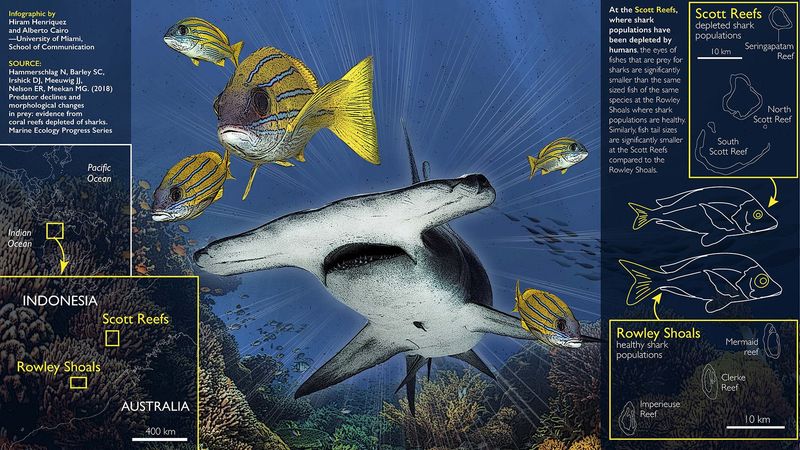
Did you know an animal’s size tells us almost everything about how it lives? A fish’s length can reveal what it eats, how fast it swims, and even how long it might live!
Body dimensions influence metabolism rates, reproductive strategies, and vulnerability to predators. The database allows scientists to compare these relationships across thousands of species simultaneously. This revolutionary approach helps explain why certain marine populations thrive while others struggle in changing ocean conditions.
Addressing The Research Gap In Studying Smaller Marine Species
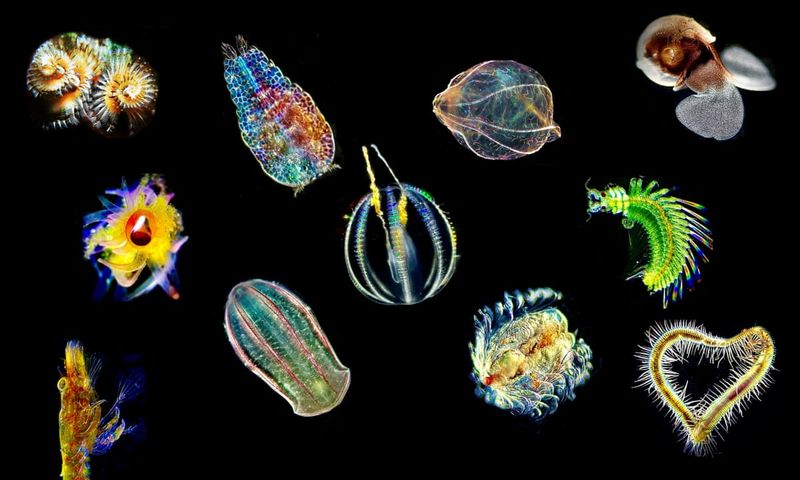
Tiny sea creatures finally get their moment in the spotlight! For centuries, scientists focused mostly on big fish and mammals while ignoring the little guys who actually run the ocean.
The new database dedicates over 60% of its records to organisms smaller than your fingernail. These minuscule marine inhabitants form the foundation of ocean food webs. By tracking their populations and movements, researchers can better predict how entire ecosystems respond to threats like pollution and warming waters.
The Role Of The MOBS Database In Biodiversity Assessments
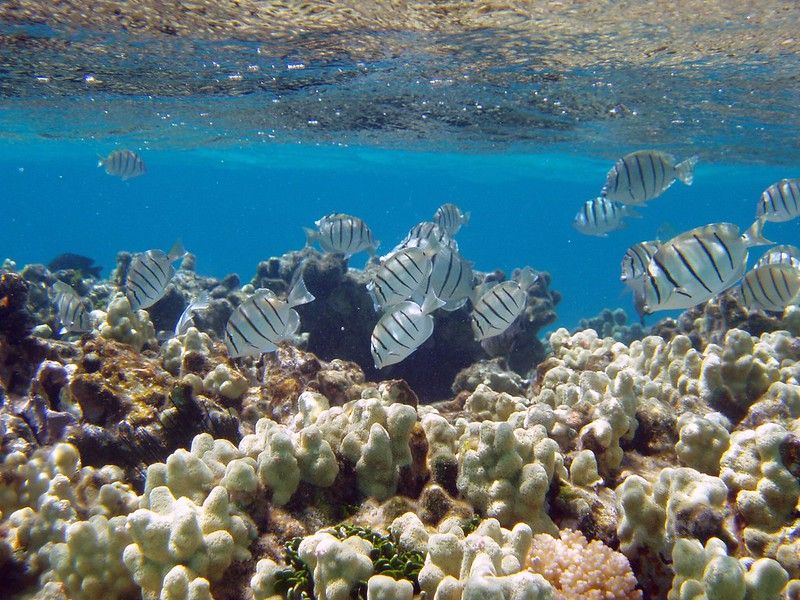
Counting fish in the ocean used to be like guessing jelly beans in a giant jar – mostly impossible! The MOBS system changed everything by creating standardized methods for measuring biodiversity.
Scientists can now generate accurate population estimates for specific regions based on size distributions and habitat data. When unusual patterns emerge, like missing size classes of certain species, researchers quickly identify potential problems. This early warning system helps detect ecosystem changes before they become catastrophic.
How The Database Supports Conservation Efforts
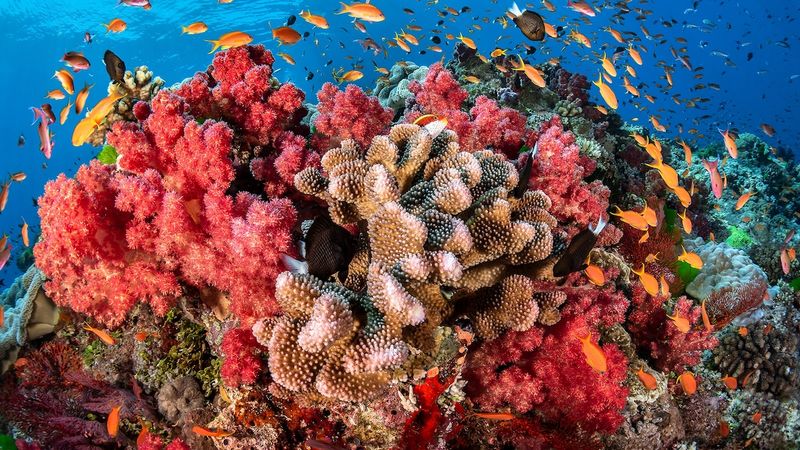
Saving ocean animals becomes much easier when you know exactly what they need! The database helps identify critical habitats that require protection based on the size requirements of different species.
Conservation planners use this information to design marine protected areas that serve multiple species simultaneously. For example, when establishing a coral reef sanctuary, the database shows which size ranges of fish must be present for the ecosystem to function properly. This targeted approach makes conservation efforts more effective with limited resources.
The Integration Of FathomNet In Ocean Research And Data Analysis
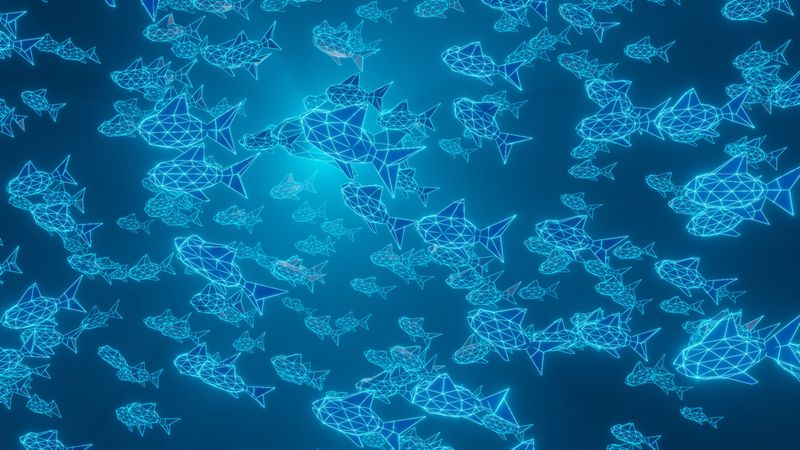
FathomNet works like facial recognition for fish! This amazing system connects to the main database, automatically identifying creatures in underwater photos and videos.
Researchers previously spent countless hours manually sorting through footage from ocean expeditions. Now, artificial intelligence processes these images instantly, matching animals to their database profiles. The system even works with partial views or blurry images, revolutionizing how scientists collect field data and dramatically accelerating research timelines.
Future Applications Of Marine Life Databases For Ecosystem Preservation
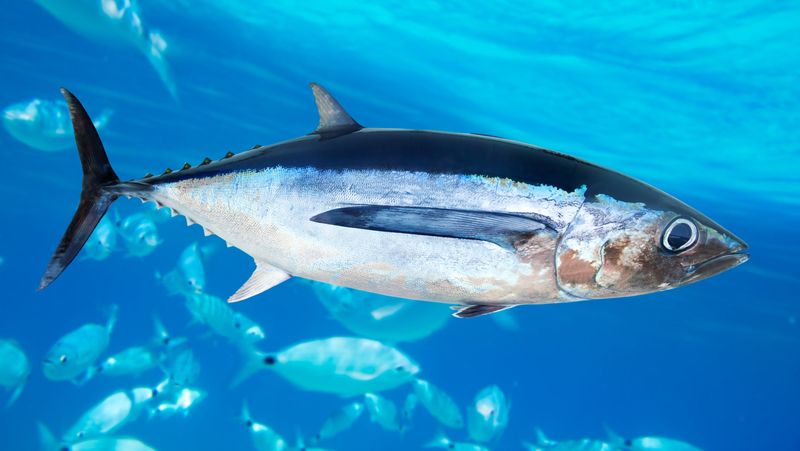
Tomorrow’s ocean heroes are already using the database to solve problems we haven’t even encountered yet! Students as young as middle school age access simplified versions for science projects that generate real research data.
Climate scientists combine database information with temperature predictions to model how marine communities might change in warmer oceans. Genetic researchers use size data to understand evolutionary adaptations across species. This collaborative approach ensures our growing knowledge about ocean life translates directly into better protection for these precious ecosystems.


